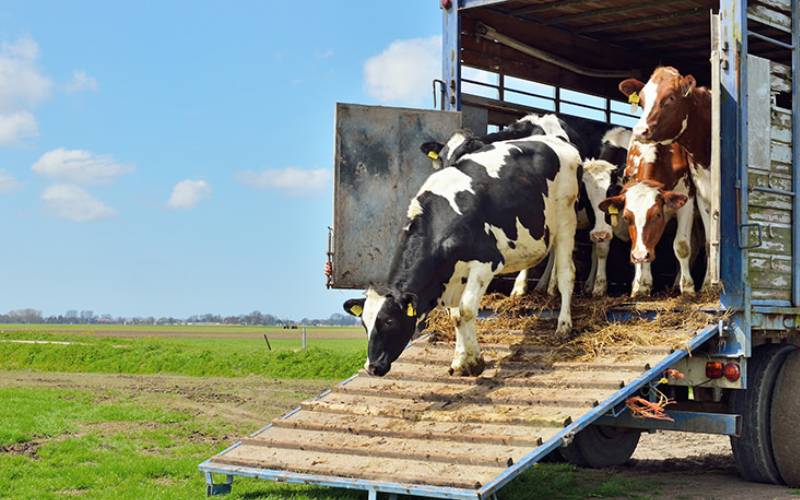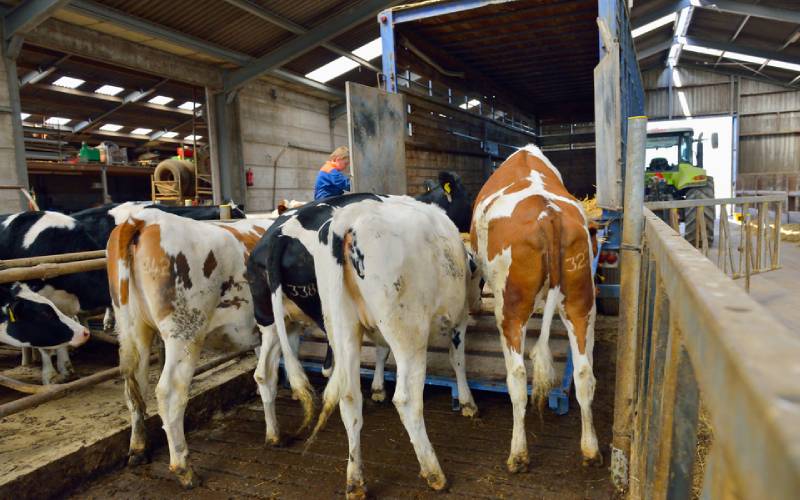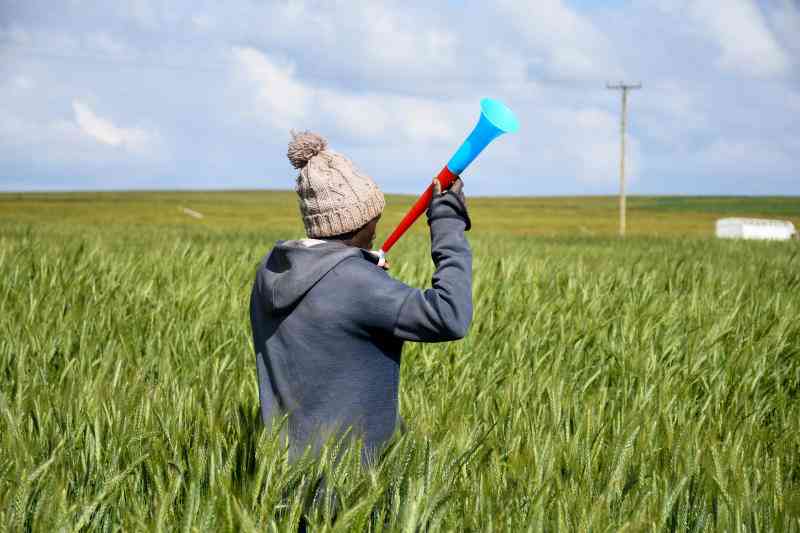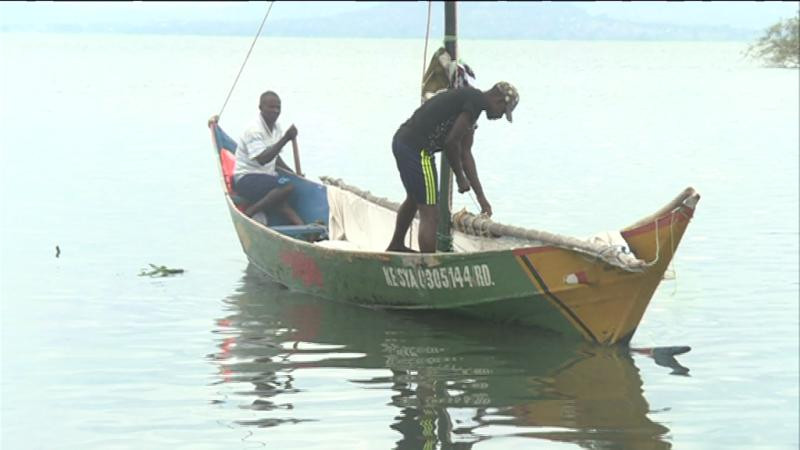
The other day I was sitting next to the driver in a Matatu on my way home from work. Despite all of the superstitious things my family has to say about sitting at the most ‘vulnerable’ place in as Matatu as they see it, I always make sure to secure that spot.
Have you seen the view? The fact that the blaring music doesn’t work you up the way it would sitting in the chassis is also a plus. Never mind the occasional chicken under your feet, or the excess travelers that will be squeezed into that ‘Pararira’ at every one of the 50 stops you’re bound to make on your ‘Safari’ home. That never happens at the ‘cockpit’.
And with all the privilege that comes with sitting next to the main man of the journey, it becomes really hard to notice much on the road. Usually, my thoughts will be silenced by the trees and buildings racing in the opposite direction, so I’ll just stare blankly at nothing waiting to see my stop.
Last Wednesday, I witnessed a rather disturbing scene. A boda-boda guy was ferrying what looked like fifty chickens fastened head-down to his motorbike. I didn’t think much of it at the time, except a quick “thank God that’s not children’. And then I got to Kitengela and what I saw had me jumping into a frenzy. Picture this; a young malnourished donkey, barely into its teen years, with a rickshaw to its back, filled with 20-liter cans all brimming with water, and then the owner to its side, continually whipping the poor beast as it struggled uphill.
I immediately flung into action, my mouth frothing from anger, and called the man out. He obviously thought I was being funny, so he went away laughing. To my credit, I, even for just that trip, spared the poor donkey the trouble. Soon as I got home, I overwhelmed my sister and anyone else within earshot with the details, but I could see that no one was as invested in the story. Perhaps I wasn’t being as vivid as I should have been, or maybe that’s just a mundane scene.
When I tell you I could not sleep that night, I need you to believe me. I had witnessed enough animal cruelty and I was going to do something about it. So here we are looking at how to humanely transport livestock at least within the borders.
Movement permit
The first thing you ought to know before moving your animals is that it is important to do this in compliance with the law. The law requires that you obtain a movement permit from a veterinary in the area where the animals are located and a letter of No-Objection from the intended destination. This is according to Dr. Joseph Othieno, a veterinary surgeon and the head of communication at the Food and Agriculture Organization of the United Nations (FAO) Kenya.
How to acquire the permit
Getting ahold of the permit will be an easy task if you can comfortably meet the following requirements. One, the vessel you intend to transport the animal in has to meet the requisite safety standards. Similarly, your animals must be in top shape and health. You should also not transport animals from or into a quarantine zone. This is known to lead to faster spread of animal diseases.

Should you be moving your stock from an area considered a hotspot for a certain disease, then vaccination will come in as a necessary aspect of your relocation business. Again, if you intend to passthrough regions where a disease is listed as an endemic, Dr. Othieno says that you must not make any stops to limit contact. The law stipulates that an animal is not to carry a parasite from one area to another.
The Journey
Top of your mind should be the welfare of your animals. Animals are sentient living beings that need love and care as much as human beings. In Kenya, the law in cap 360, Prevention of Cruelty to Animals Act, stipulates quite clearly that mistreatment of animals during transportation is an offense, punishable by a court of law. In that regard, and to be on the right side of the law, the needs of your animals should be centerstage.
Additionally, beware of the discomfort and stress endured by your animals. You may not be in a position to feed and water your animals well during transit, amounting to stress, hunger and thirst to the animal. In response, Dr. Othieno further explains that the animals may suffer from a compromised immune system, leading to contraction of illnesses.
Some diseases may also come from irregular and uncomfortable sitting postures that may persist throughout the journey. An example of such a disease is bloat in cattle.
What can you do to help during the journey?
Your surest bet will be to involve a veterinarian throughout the process. A qualified vet will be in apposition to advise on how you can maximize on the comfort of your animals, to prevent disease and even death.
The veterinarian will also advise on simple details such as the best weather to transport your livestock. Similarly, on arrival, the vet should also examine your stock for any injuries or stress. Dr. Othieno advises that multi-vitamins should be administered to your cattle as a precaution, to assist the animal in dealing with any stress related health complications that may arise.
I should end by saying that we ought to be more mindful of our treatment of animals. Do not kick cats, do not hurl stones at harmless dogs. Do not slaughter chickens for mea... Okay… Okay… I hear you; meat is where we draw the line.
Want to get latest farming tips and videos?
Join Us
 The Standard Group Plc is a multi-media organization
with investments in media platforms spanning newspaper print operations,
television, radio broadcasting, digital and online services. The Standard Group
is recognized as a leading multi-media house in Kenya with a key influence in
matters of national and international interest.
The Standard Group Plc is a multi-media organization
with investments in media platforms spanning newspaper print operations,
television, radio broadcasting, digital and online services. The Standard Group
is recognized as a leading multi-media house in Kenya with a key influence in
matters of national and international interest.
 The Standard Group Plc is a multi-media organization
with investments in media platforms spanning newspaper print operations,
television, radio broadcasting, digital and online services. The Standard Group
is recognized as a leading multi-media house in Kenya with a key influence in
matters of national and international interest.
The Standard Group Plc is a multi-media organization
with investments in media platforms spanning newspaper print operations,
television, radio broadcasting, digital and online services. The Standard Group
is recognized as a leading multi-media house in Kenya with a key influence in
matters of national and international interest.








